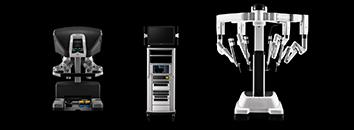Leading Interventional Radiology in India
Interventional radiology is one of the latest and undoubtedly the most progressive branches of modern medicine. It combines minimally invasive treatments with cutting-edge imaging methods to diagnose and treat a wide range of diseases. This speciality has really gained tremendous popularity in India and is now the pillar on which accurate and effective treatment implementation depends. Gleneagles Hospitals is one of the leading players in this development of interventional radiology in India and enjoys a well-deserved reputation when it comes to offering interventional radiology treatments.
















